Space on Fire: NASA’s Blazing Experiment Ends, Igniting New Era of Spacecraft Safety
Share IT

Launch Your Dream Website with Us!
Click Here to Get in touch with Us.
Categories
NASA Space Fire Experiment Fire Safety
The Space Fire Safety Experiment is concluded by NASA with a fiery finale. Mission accomplished (in flames)
Just picture starting a fire in space. Sounds risky, doesn’t it? However, NASA accomplished exactly that with its Spacecraft Fire Safety Experiment (Saffire), which resulted in a spectacular conclusion when the last experiment burned up upon re-entry. Let’s examine this innovative project and how it might affect upcoming space travel.
Table of Contents
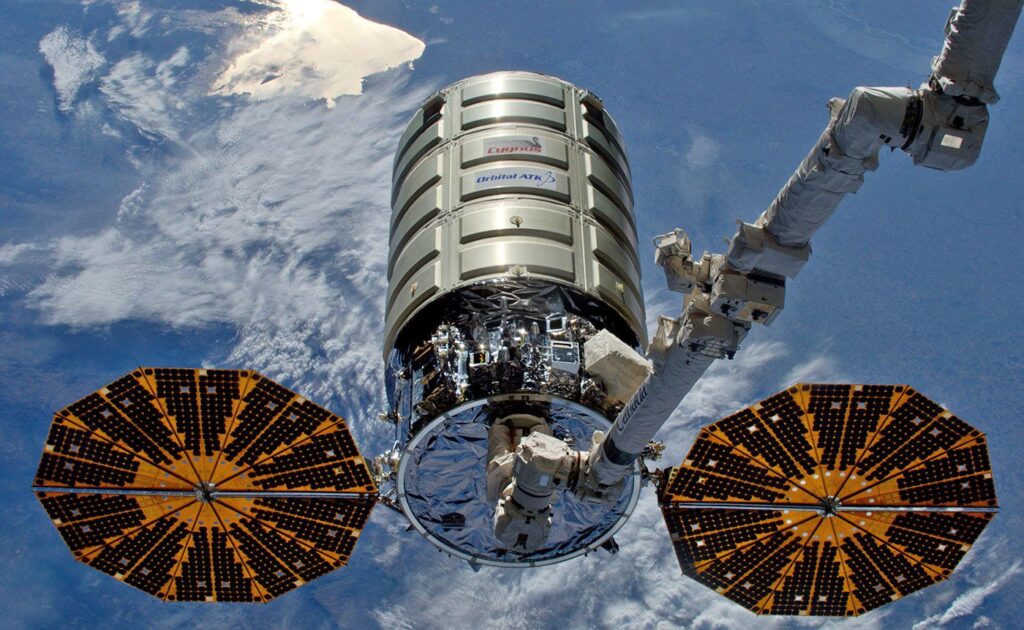
Setting the Scene: An Overview of Saffire
NASA Space Fire Experiment Fire Safety
Saffire was a 2016 launch with the goal of studying fire behaviour in microgravity. As astronauts go farther and longer into space, it becomes increasingly important to protect them from dangerous fires. This was a set of six experiments that ignited controlled fires inside unmanned Cygnus cargo spacecraft using the International Space Station (ISS) as a platform.
Saffire-VI: The Ultimate Ending
NASA Space Fire Experiment Fire Safety
Saffire-VI, the last mission, was launched in August 2023 and ended on January 9, 2024. Researchers lit a variety of materials inside the Cygnus spacecraft while it was stationed at the International Space Station (ISS), closely observing the behaviour of the flames, heat transport, and combustion products in the absence of Earth’s gravity and atmosphere.
A Screaming Finish: Re-entry & Data Collection
NASA Space Fire Experiment Fire Safety
The Saffire-VI experiment-carrying Cygnus spacecraft successfully separated from the International Space Station and returned to Earth’s atmosphere. However, it burnt up on purpose rather than landing, disposing of the contents securely and guaranteeing that there would be no contamination upon re-entry. The Saffire project came to an end with its dramatic finish, yet its influence continued.
Beyond the Flames: Saffire’s Legacy
NASA Space Fire Experiment Fire Safety
The information gathered from the six Saffire missions is priceless. It gives engineers and scientists vital knowledge about how fires behave in space, enabling them to:
- Provide enhanced spacecraft fire detection and suppression systems.
- Create materials that are safer and more fire resistant.
- Improve the fire safety procedures that astronauts on extended flights follow.
- Gain a deeper comprehension of combustion in microgravity, which could help numerous scientific domains.
Looking Ahead: Space Fire Safety’s Future
NASA Space Fire Experiment Fire Safety
Even though Saffire is no longer operational, efforts to improve spacecraft fire safety are still ongoing. Potential directions for future research could include:
- testing the behaviour of fire under various oxygen and air pressures.
- experimenting with microgravity-optimized extinguishing techniques.
- creating sophisticated modelling and simulation tools for fires.
As humans expands its reach into space, these developments will be essential to guaranteeing astronaut safety.
An Insatiable Curiosity: Concluding Remarks
Despite coming to an abrupt end in a spectacular display, NASA’s Saffire experiment has left behind a wealth of insightful information. We can construct safer spacecraft and clear the path for upcoming generations of space explorers by comprehending the behaviour of fire in space. This is but one illustration of how scientific inquiry—even in the case of controlled burnings—may clarify important issues and point the way towards a more promising future for space travel.

Launch Your Dream Website with Us!
Click Here to Get in touch with Us.

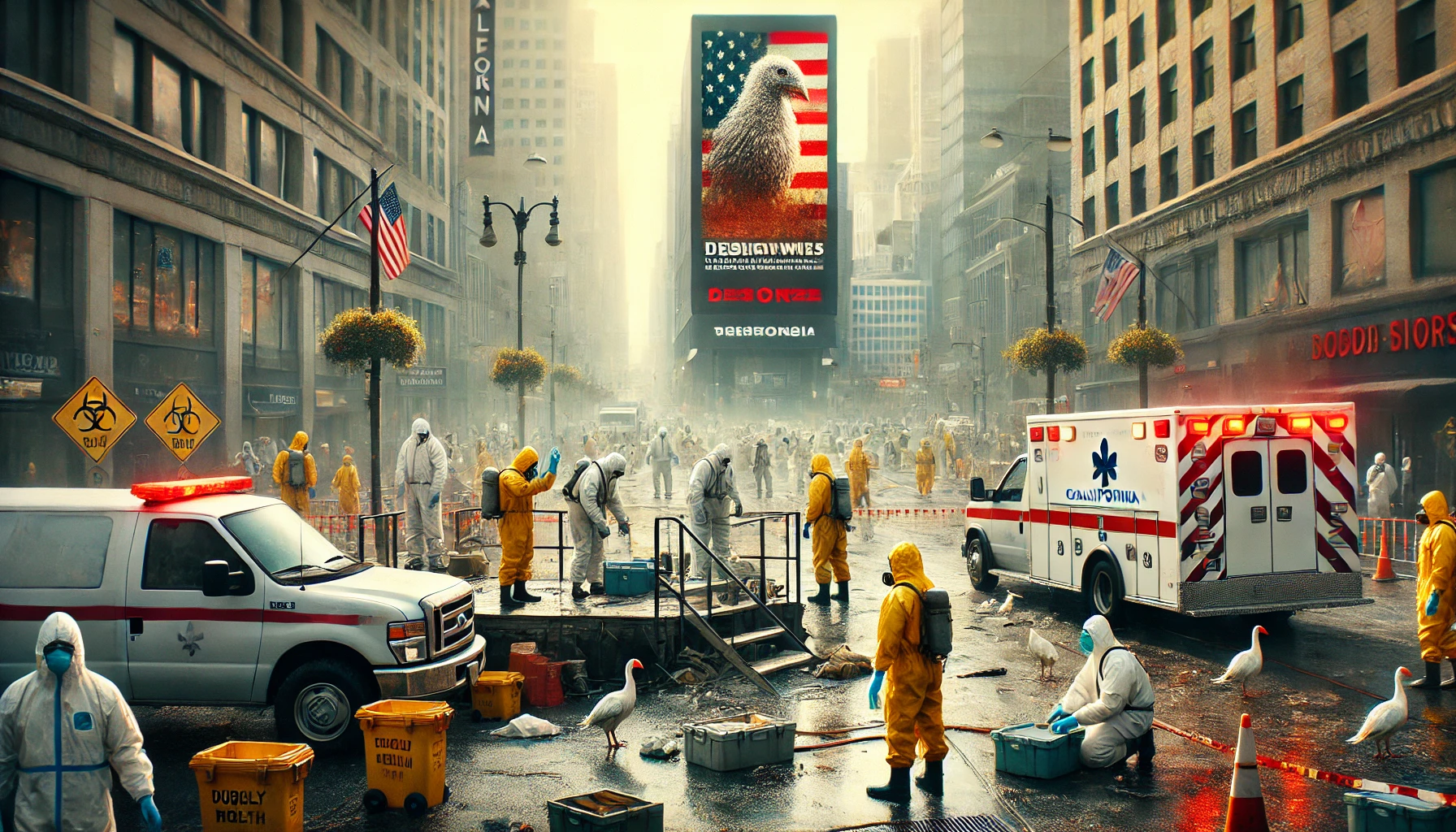












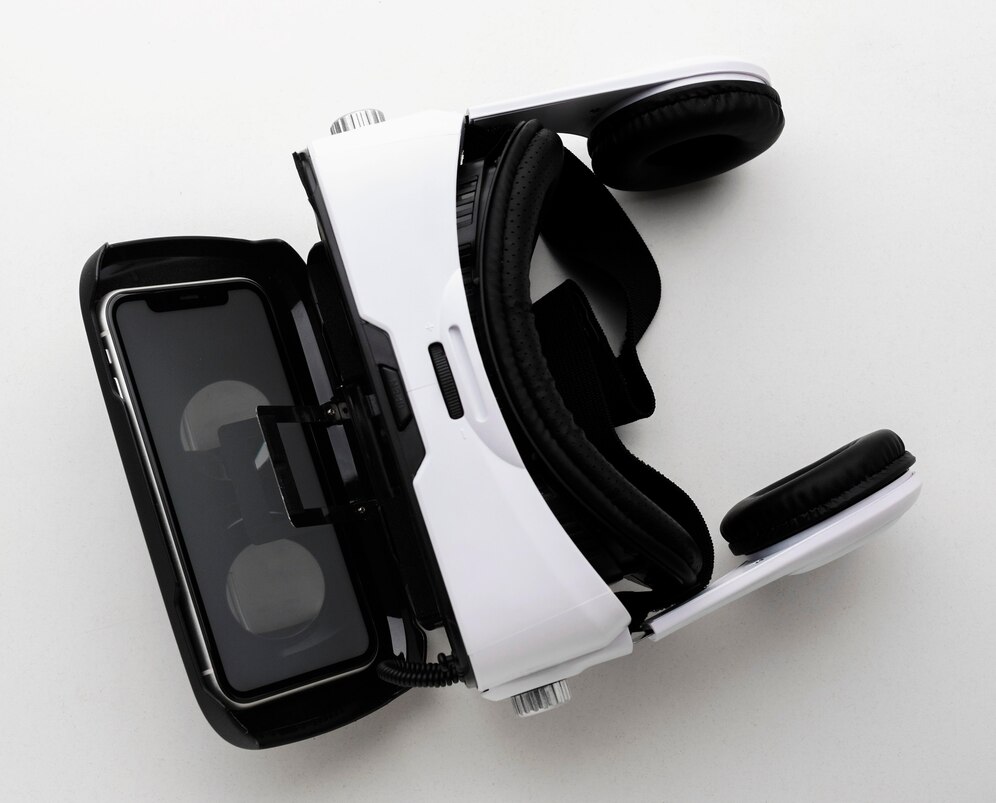


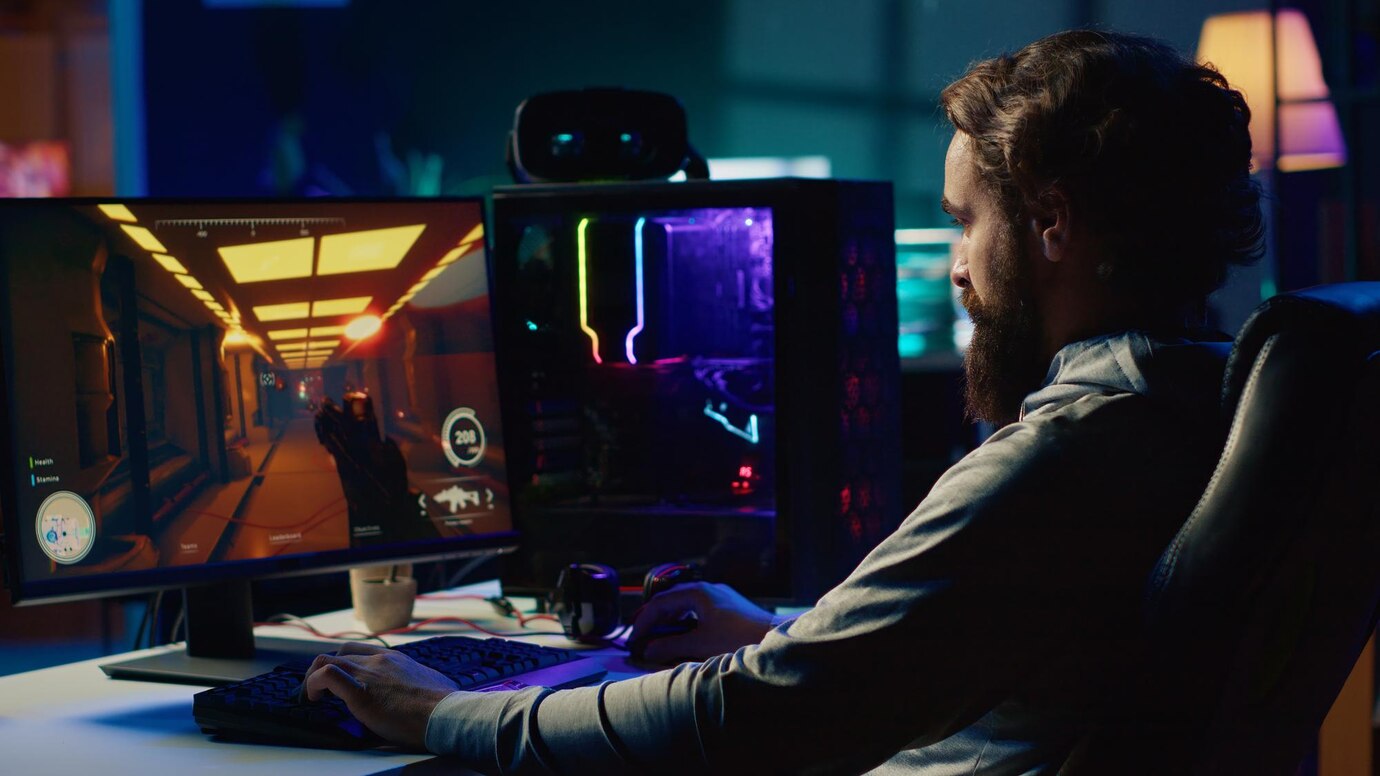

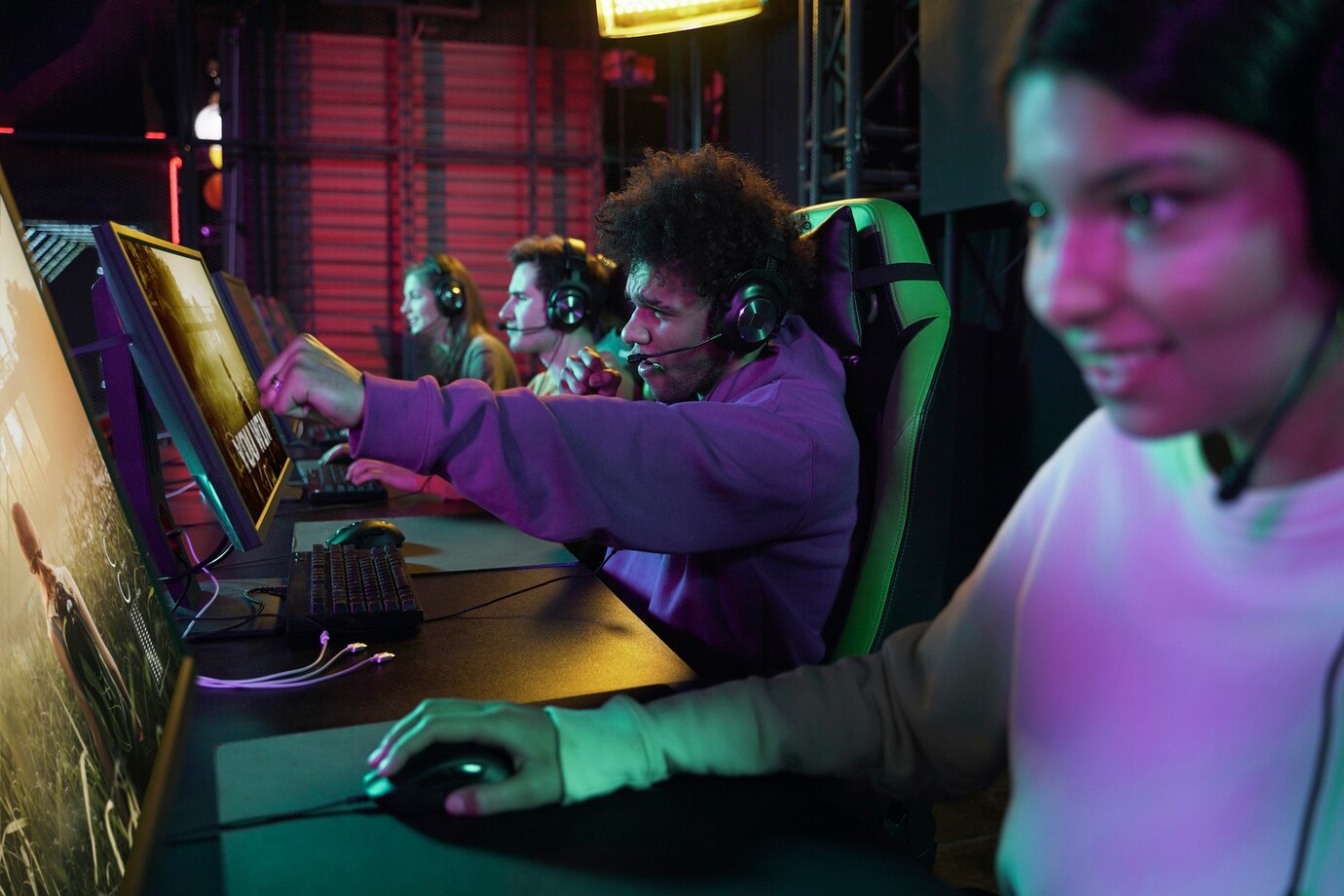
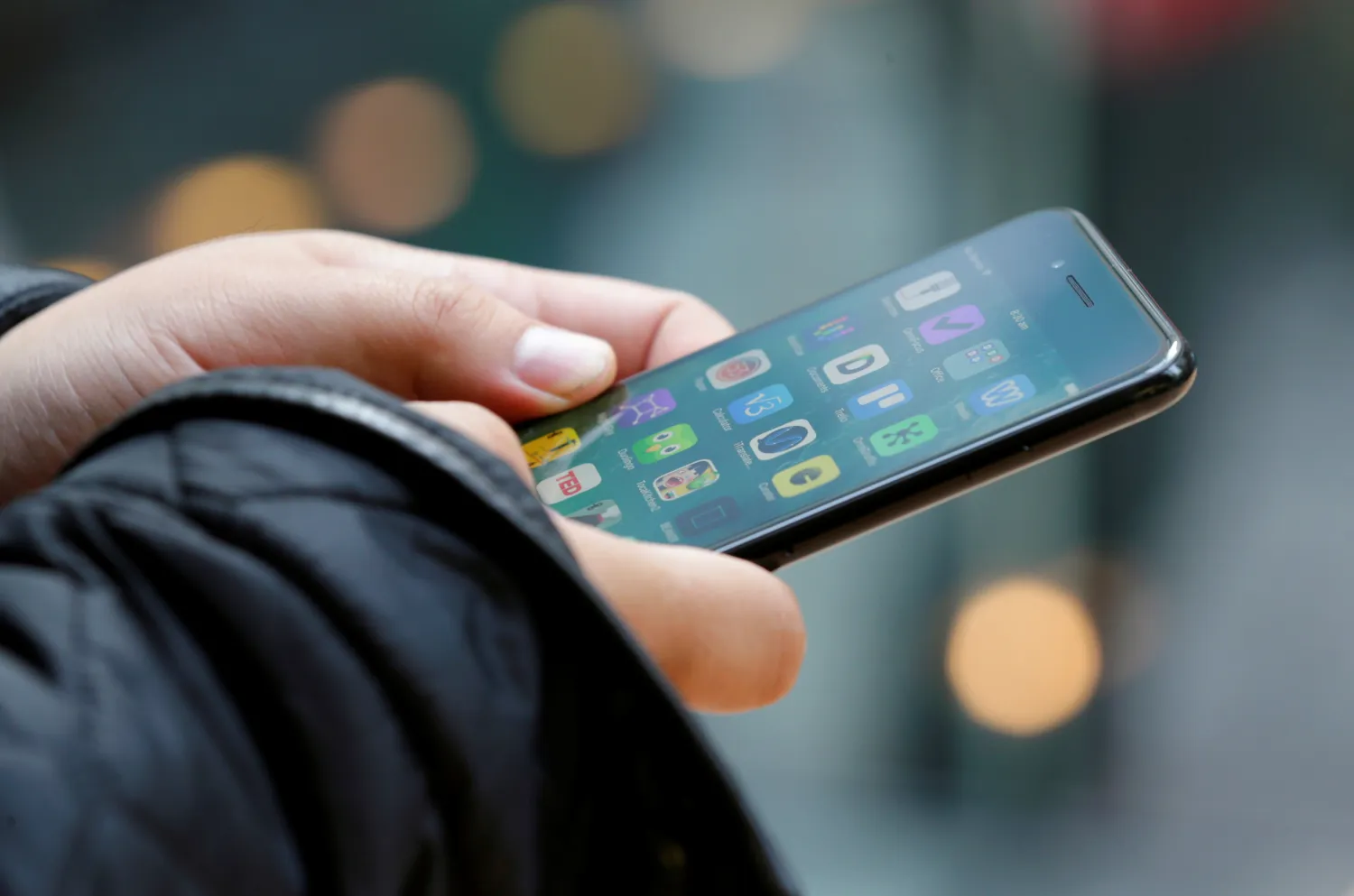

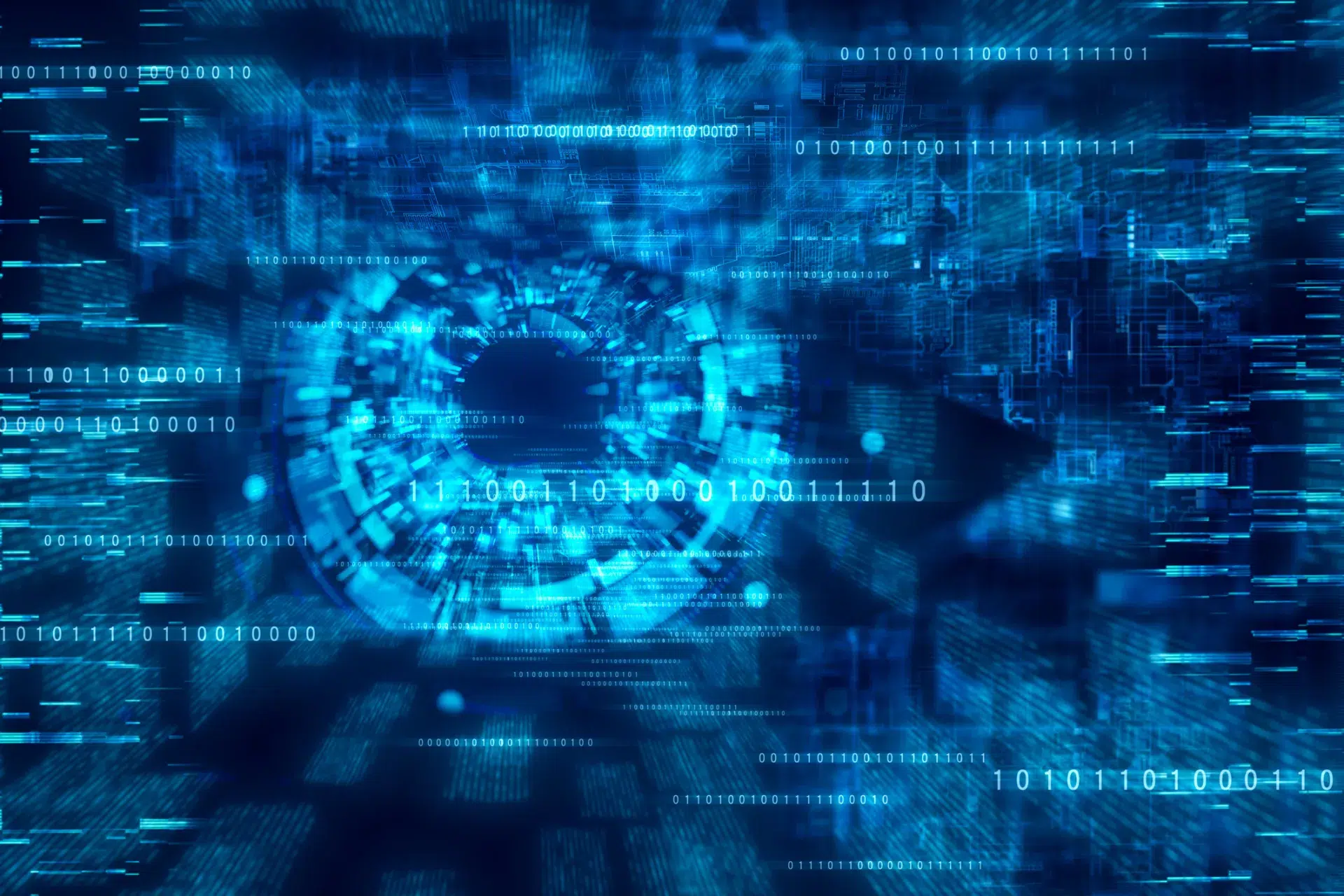
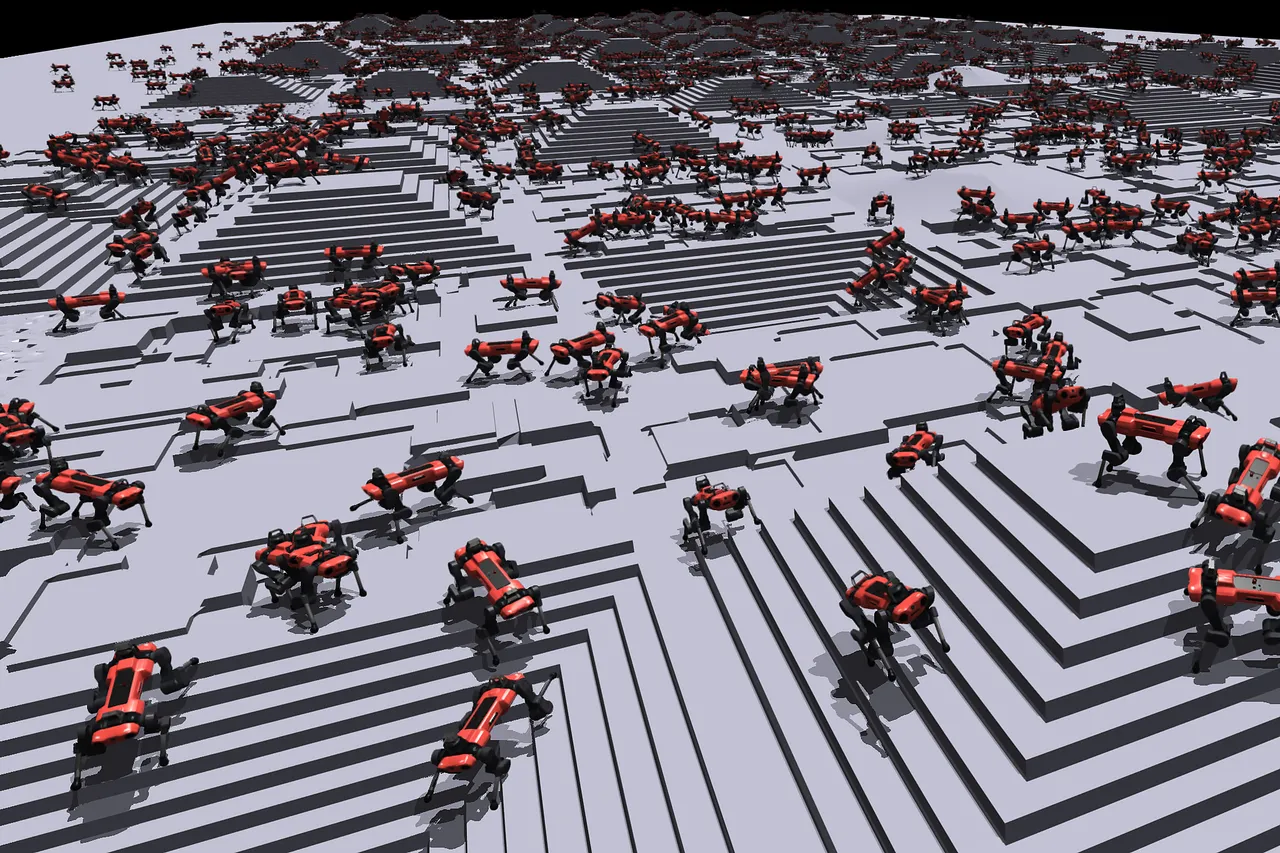

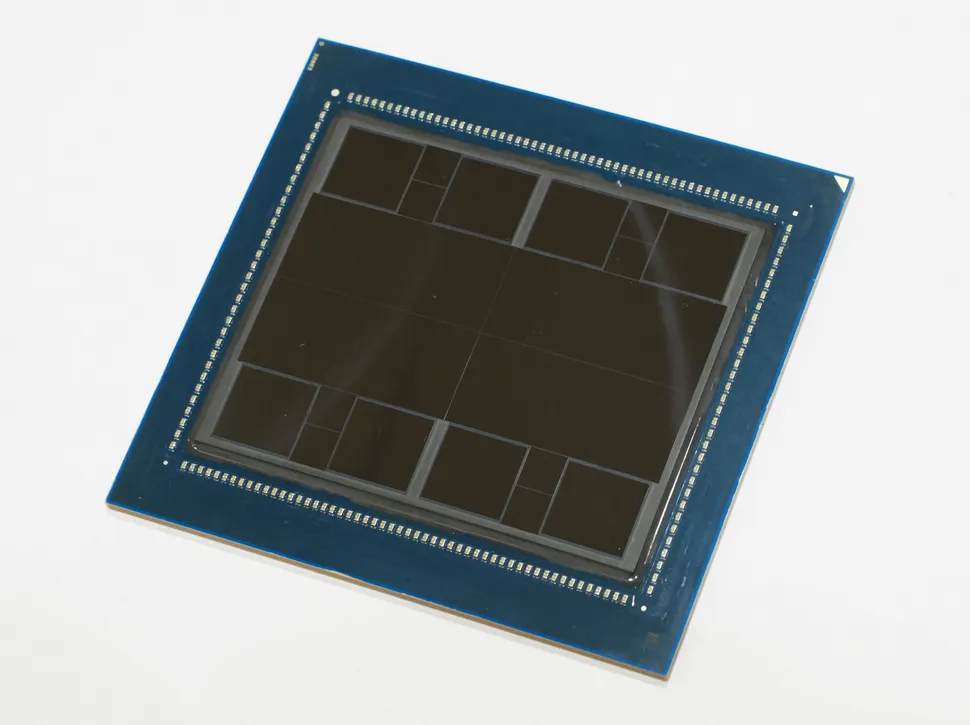









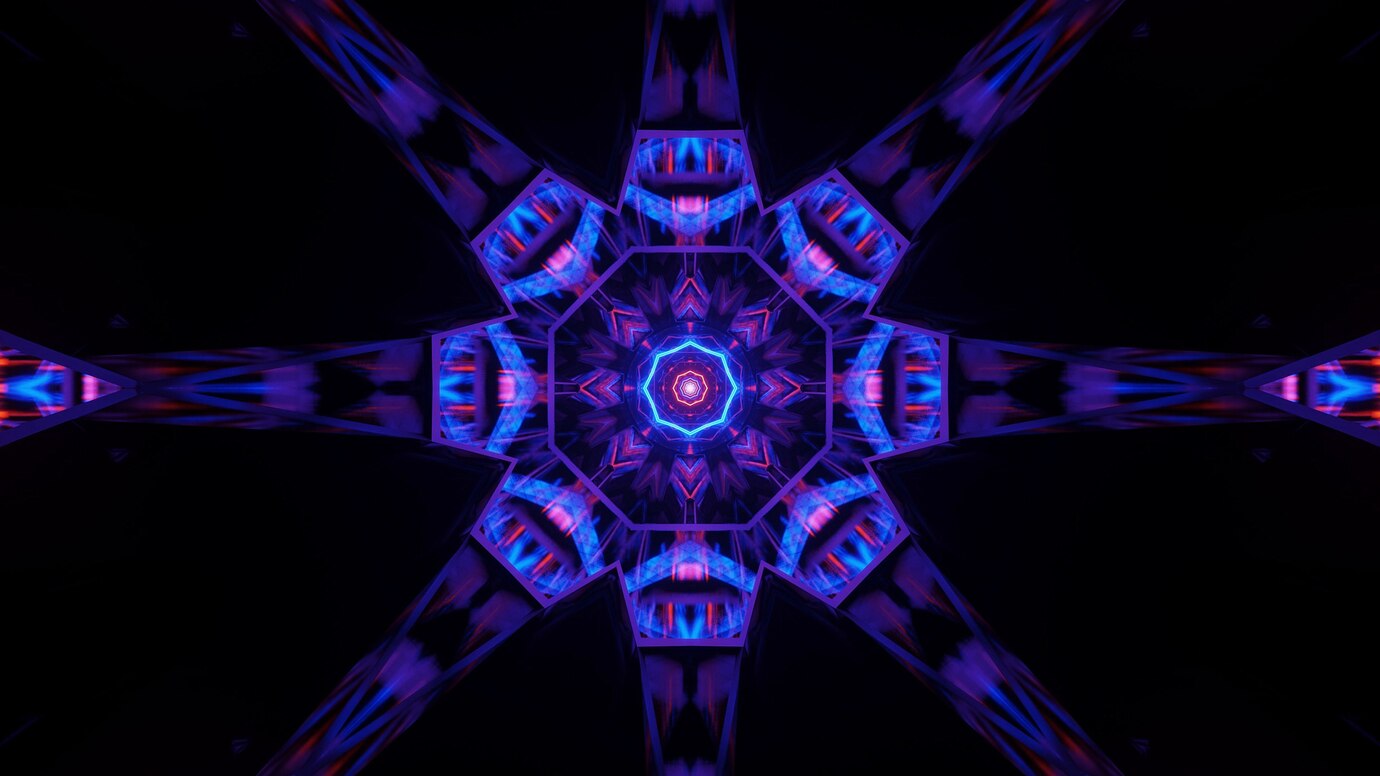
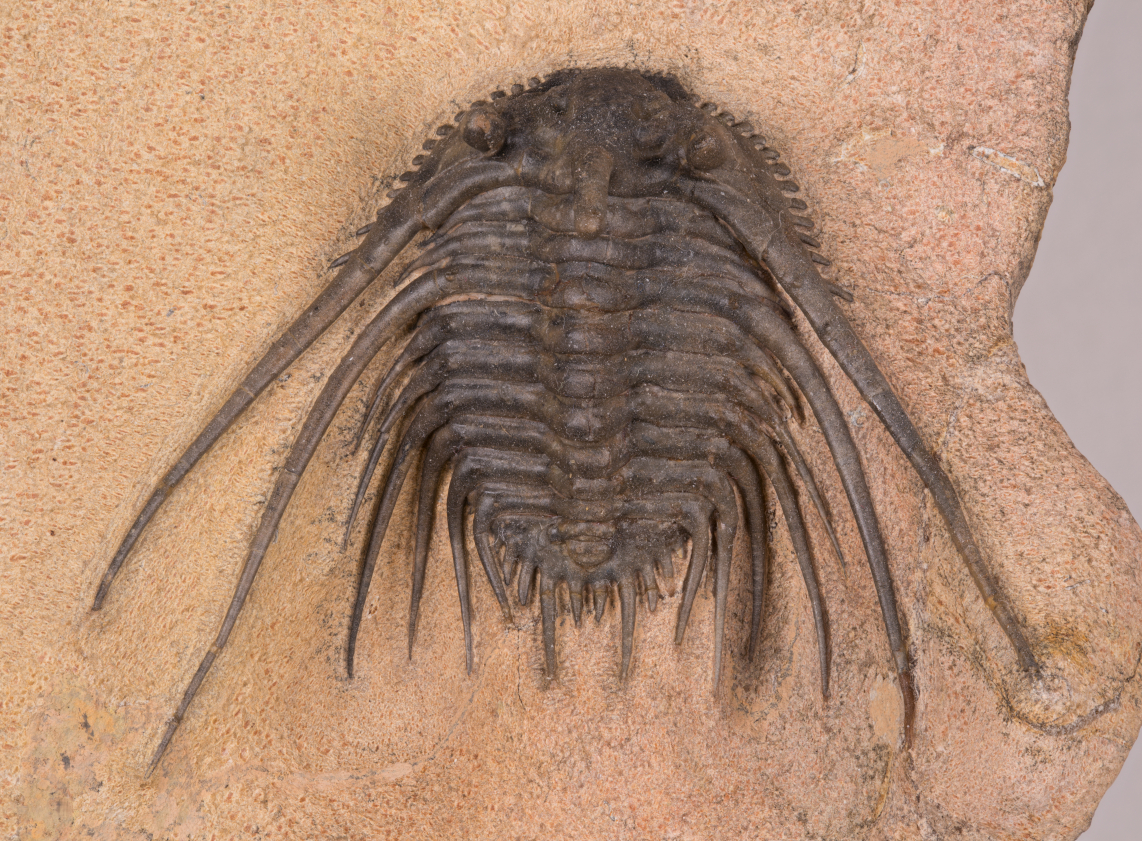


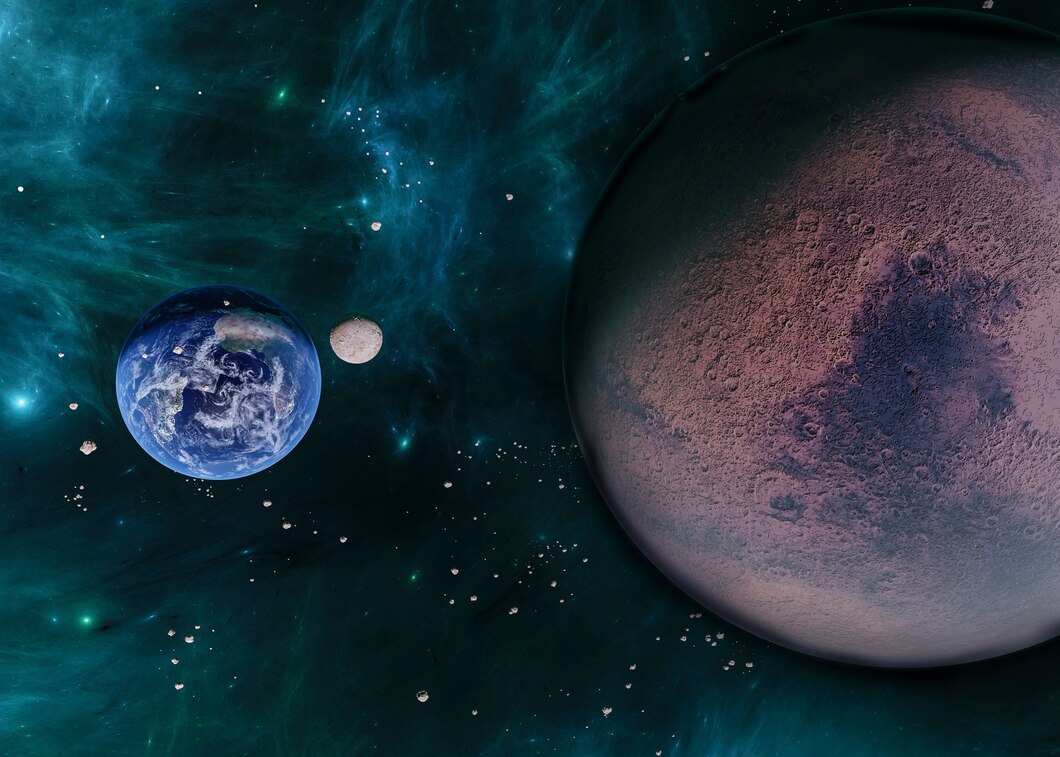
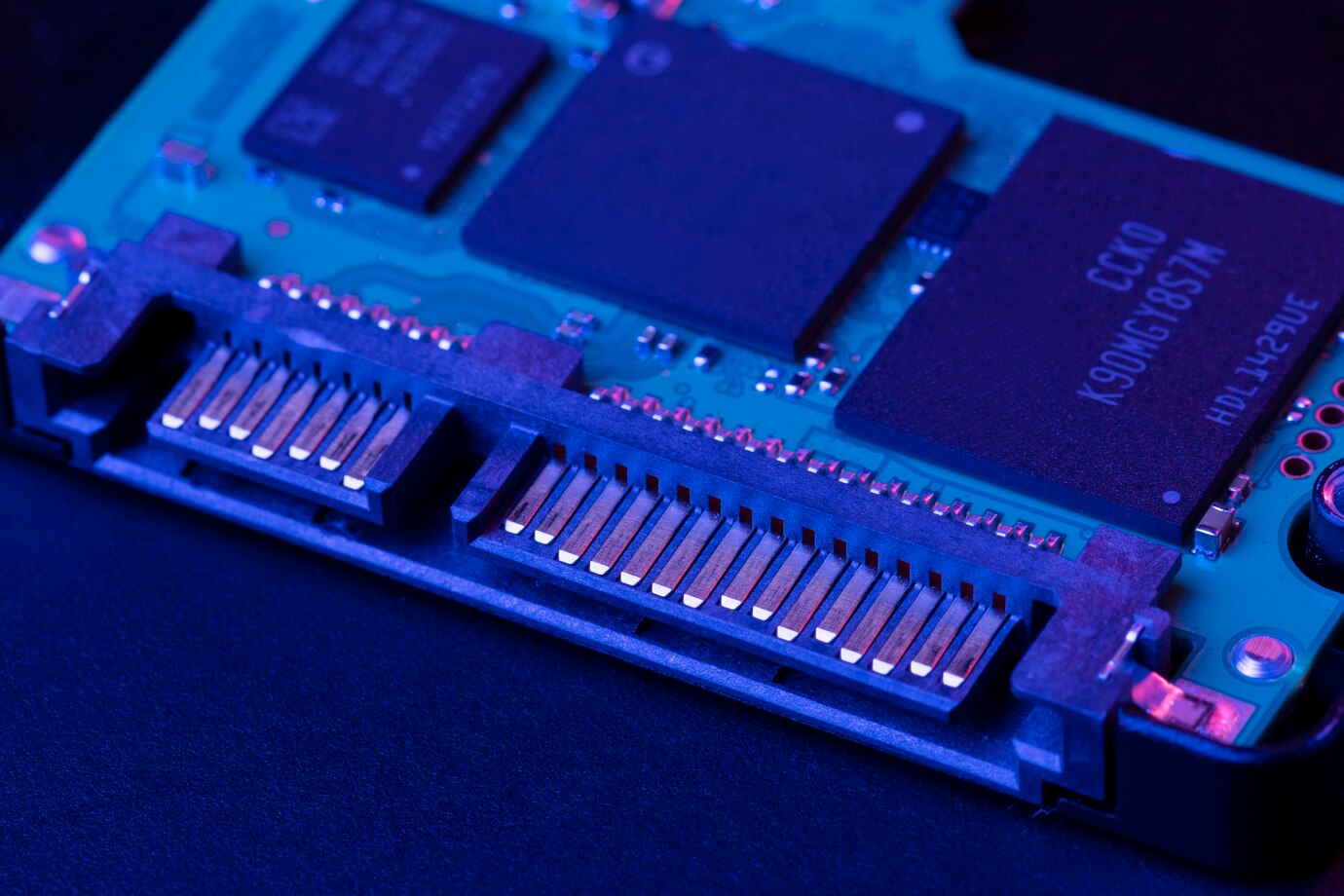
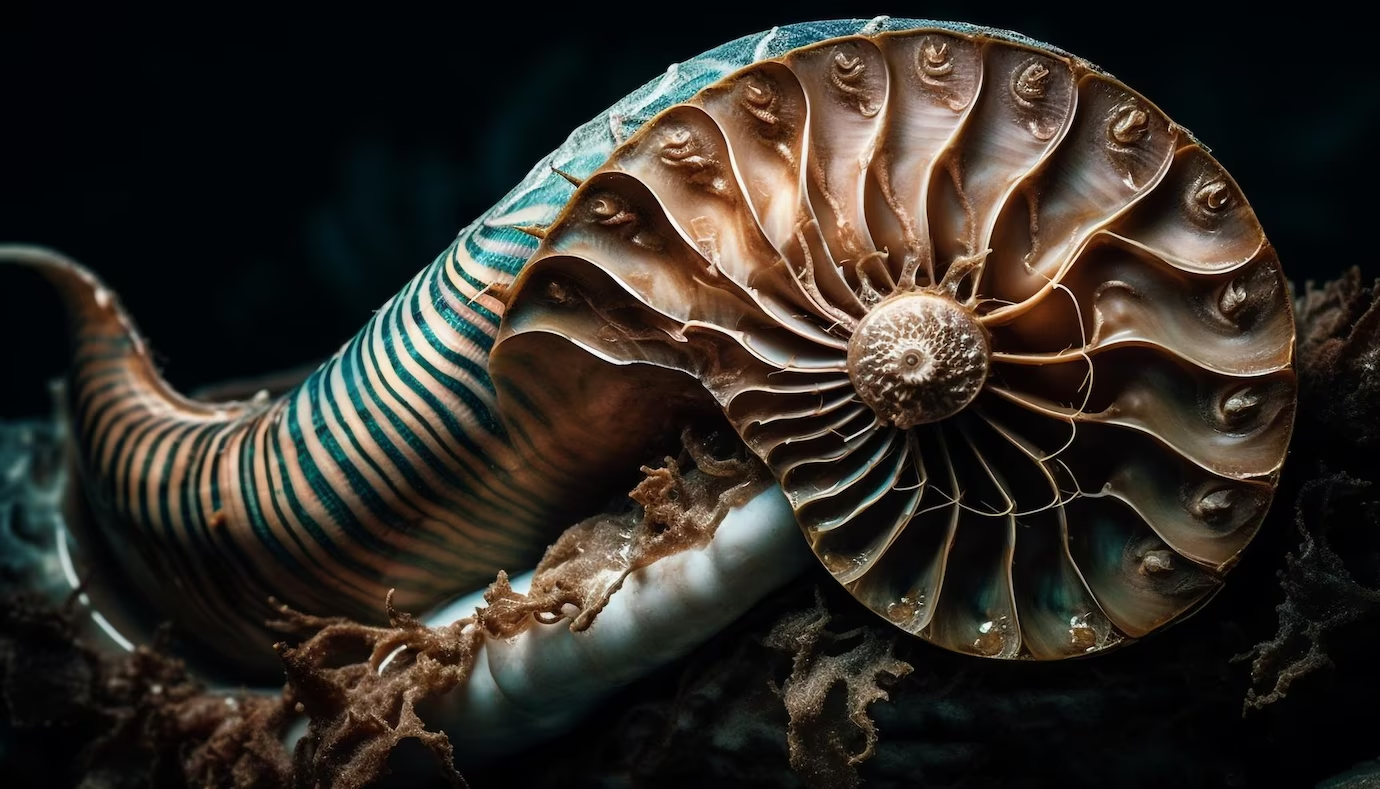





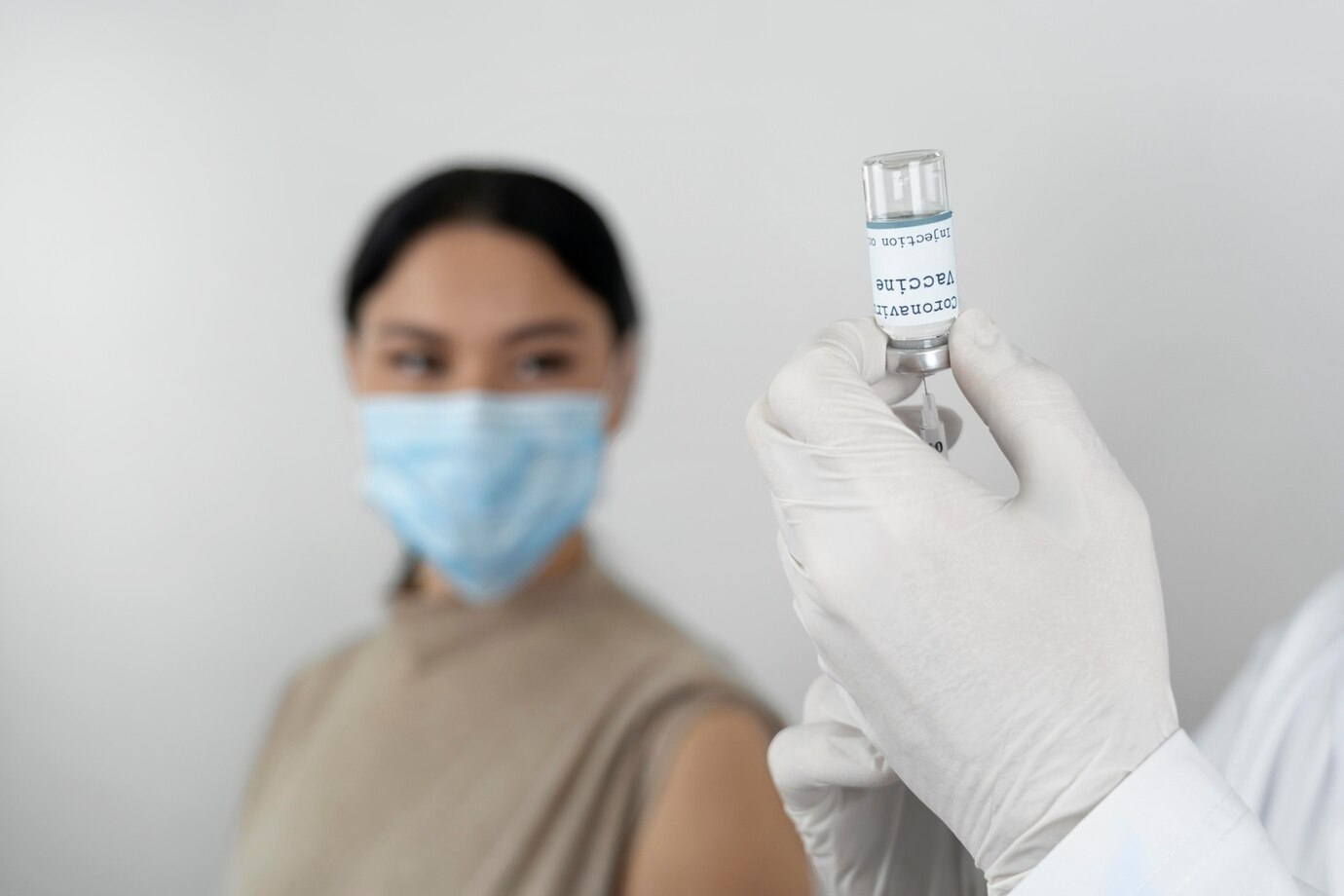





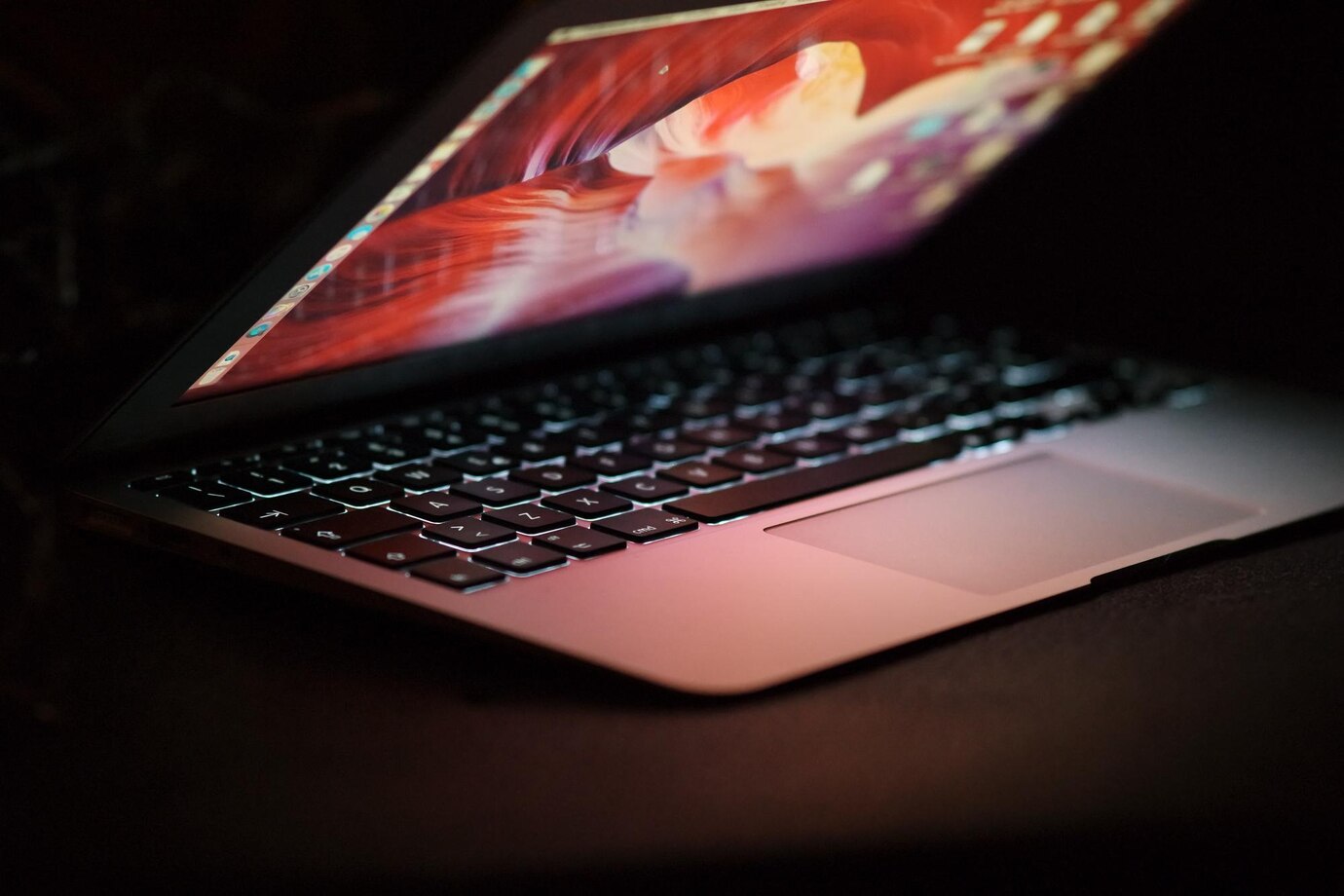
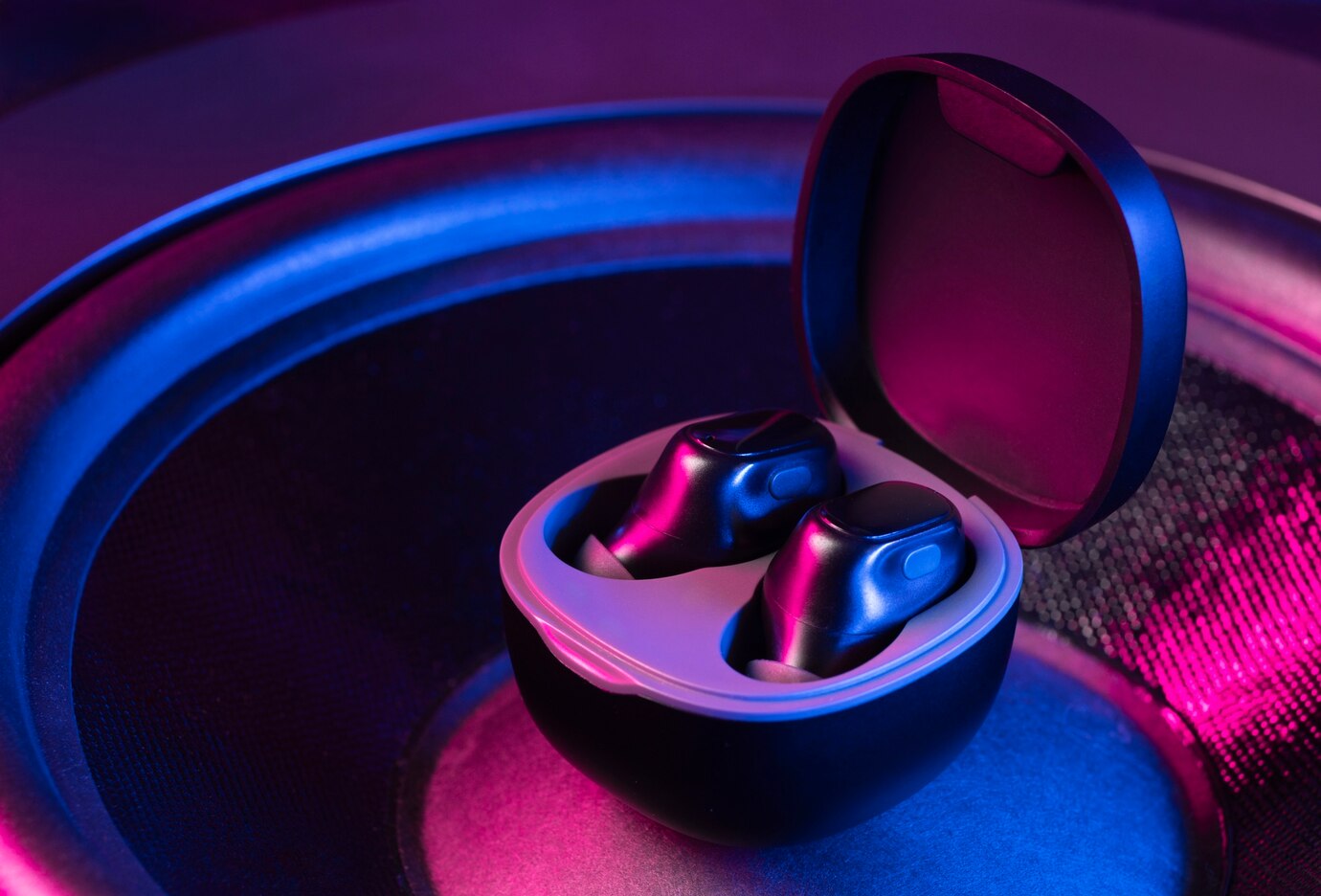

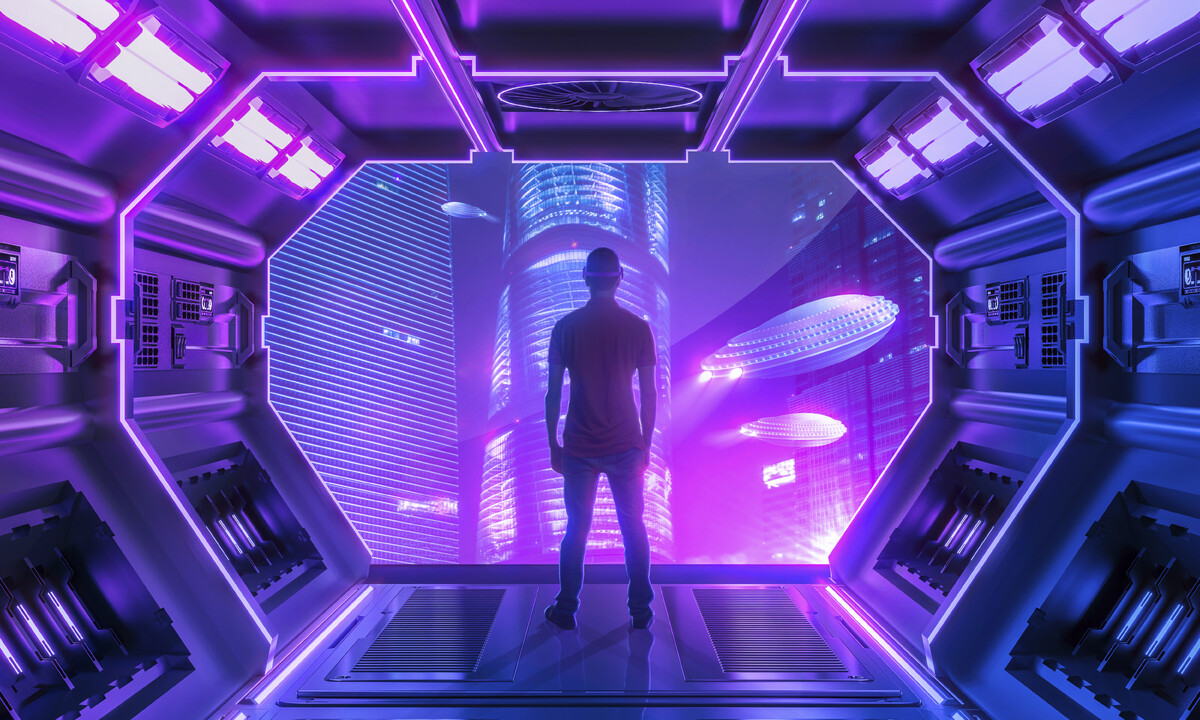



Recent Comments